Company 54, Hai Ninh province army during the resistance war against the French. (Photo: Quang Ninh Museum Document)
Hai Ninh province and Hong Quang area are located on the same strip of land in the Northeast of the Fatherland. Before 1906, they shared the same administrative unit called Quang Yen province. After the French colonialists invaded and dominated our country, on December 10, 1906, the Governor-General of Indochina issued a decree to establish Hai Ninh province on the basis of separating the natural land from Ba Che district, Tien Yen and part of Cai Bau island (today's Van Yen commune), to the East from Quang Yen province.
Before merging with Hong Quang area to form Quang Ninh province in October 1963, Hai Ninh province had 7 districts: Mong Cai, Ha Coi, Dam Ha, Tien Yen, Binh Lieu, Dinh Lap (now Lang Son province), Hai Chi (now Ba Che).
The remains of the mansion of Voong A Sang at Van Hoa cape on Cai Bau island (Van Don), who was appointed by the French as the so-called leader of the "autonomous Nung region" in Hai Ninh province from 1947 to 1954. Photo: TM
During the resistance war against French colonialism, with the close coordination between armed struggle, political struggle and military agitation, the army and people of Hai Ninh province and other localities disintegrated a large part of the enemy's armed forces on the Northeast battlefield, contributing significantly to the great victory of the Dien Bien Phu Campaign, completely liberating the North, and restoring peace in Indochina.
On July 20, 1954, the Geneva Agreement was signed. The Geneva Agreement stipulated: Countries respect the basic national rights of the Vietnamese people, the Lao people, and the Cambodian people. A simultaneous ceasefire in Vietnam and throughout the Indochina battlefield, France withdrew its troops from the North of the 17th parallel, the military parallel that temporarily divided Vietnam into two regions, moving towards free general elections throughout the country after two years to unify the country. According to the Agreement on the cessation of hostilities, from July 27, 1954 to August 8, 1954, the French colonialists withdrew from Hai Ninh province and Cam Pha district, Hoanh Bo district.
French Cao Fort in Tien Yen in 1952. Photo archive
The provisions of the Geneva Agreement required French colonialists to “not destroy or vandalize public property and infringe upon the lives and property of civilians.” However, with their stubborn reactionary nature and pressure from American imperialism, French colonialists were determined to sabotage the agreement and sabotage our forces in all aspects. While our forces strictly complied with the Agreement, the French army tried to sweep and loot property, conscript young men into the army and force people to migrate to the South; dismantle machinery; encourage reactionary parties to rise up to sabotage the revolution; increase the placement of spies in factories, enterprises, and localities with the plot to sabotage us in the long term.
In Hai Ninh province at that time, before retreating, the enemy dismantled machinery, destroyed houses and vehicles they could not take with them. Particularly serious was the case in Tien Yen, where the enemy had their henchmen burn down more than 100 houses. To terrorize the masses, the French army and its henchmen took turns looting, extorting, and killing people, creating an atmosphere of panic and fear in the areas where they were preparing to withdraw. The belligerent French colonialists and American imperialists also tried to plant reactionaries, arrange forces on the spot, and plotted to cause riots in areas where our bases were still weak. In Ha Coi, the reactionaries planned to organize armed resistance against the liberation forces. In Ba Che district and the west of Tien Yen district, the enemy used armed reactionary organizations to control the progressive masses and terrorize cadres and party members.
Mr. Ha Trung Tuan, Hoa Binh area, Tien Yen town, veteran of Regiment 238 (Division 332, Northeastern Military Region) told the young generation of Tien Yen about the day of taking over Tien Yen on August 8, 1954.
Realizing the enemy's plot, our Party determined the complex nature of the takeover work, which was essentially a fierce class struggle. The grassroots Party Committees all thoroughly understood the purpose of the struggle to take over the liberated areas: Recover enemy outposts; stabilize the ideology of all classes of people, establish revolutionary order; restore normal life for the people. To establish revolutionary order, the Party Committees advocated relying on armed forces and mobilizing the masses to rise up and fight against the French colonialists who sabotaged the Agreement.
To prepare for the takeover of the newly liberated area, the Hai Ninh Provincial Party Committee held an expanded Provincial Party Committee meeting in Phong Du Commune, Tien Yen District. The conference discussed and approved the entire plan and program of activities in all areas during the initial period of takeover. In particular, the Provincial Party Committee thoroughly grasped the policies of the Party and State in the newly liberated area. At this conference, the Hai Ninh Provincial Party Committee arranged the staff of Party and government agencies in the province. The Hai Ninh Provincial Military-Political Committee consisted of 7 comrades, of which, comrade Do Chinh (Secretary and Political Commissar of the Provincial Military Command) was the Chairman, and comrade Do Man (Chairman of the Provincial Administrative Resistance Committee) was the Vice Chairman.
Mong Cai city today.
The force taking over Hai Ninh province was divided into two parts: One part, led by the Chairman of the Military and Political Committee, took over Tien Yen, Dam Ha and Ba Che. This was the main part that took over the provincial headquarters. The second part, led by a member of the Military and Political Committee, took over Mong Cai and Ha Coi areas.
The people of all ethnic groups in Hai Ninh province enthusiastically held rallies to welcome the soldiers and resistance cadres who came to liberate the country. The people's fighting strength on the day of liberation crushed all the reactionary plots to cause riots. The people of all ethnic groups, who had lived under the yoke of the reactionaries for decades, were extremely excited now that they were free.
Frightened by the fighting spirit of our people, the French colonialists had to withdraw their troops before the deadline set by the Geneva Agreement (15 days after the ceasefire, that is, August 11, 1954).
On July 27, 1954, French troops withdrew from the Ha Vuc - Cai Rong area.
On July 28, 1954, the French army withdrew from Dam Ha and Ba Che districts. Although it was unexpected, due to good preparation, our forces were able to promptly enter and take over Dam Ha that same day.
On July 30, 1954, the French army withdrew from Ha Coi district, and our forces promptly entered to take over the same day.
On July 31, 1954, French troops withdrew from Ha Gian.
On August 2, 1954, French troops withdrew from Mong Cai town.
On August 8, 1954, the French army withdrew from Tien Yen district, and our forces moved in to take over. Hai Ninh province was completely liberated.
Youth Union members and students of Dam Ha district learn about history at the archaeological - historical - scenic site of Nui Hua (Dai Binh commune).
Recalling the memories of the day of the takeover, Mr. Ha Trung Tuan, Hoa Binh area, Tien Yen town, recalled: In 1954, I was a soldier of Regiment 238, Division 332 of the Northeast Military Region, advancing to take over Tien Yen. The moment our troops marched down Tien Yen street that morning is an unforgettable memory. The regiment of more than 1,000 people, divided into 3, marched from Dinh Lap (Lang Son) to Tien Yen, shouting revolutionary propaganda slogans as they marched. At that time, everyone among us was full of enthusiasm, ready to start rebuilding the district. Passing through the French barbed wire fence at the beginning of Yen Than, the troops bravely entered the Central area. Seeing the troops marching in, the elderly and children all rushed into the streets to join in the jubilant atmosphere of the day of the takeover. Wherever our troops went, the people cheered. Everywhere in the town area and neighboring areas such as Tien Lang, Khe Tu, Lo Voi... forests of flags and banners fluttered in the autumn sun, making the march of the militia, soldiers and local people even more filled with revolutionary spirit.
After taking over the province, Hai Ninh consolidated the government and established new governments in 17 communes. Our government promptly resolved important and urgent issues such as: famine relief, production development, suppression of reactionary ringleaders; fighting against the enemy's forced migration to the South... Therefore, basically the forces planted by the enemy were isolated, some surrendered, others lay still or fled, the stable situation in the border area supported the 300-day struggle to take over the area. The victory of the struggle to take over the newly liberated area opened a new stage for the struggle to completely liberate Quang Yen province and Hon Gai Special Zone. It was an important premise for the army and people of Quang Ninh province to later gain great victories of profound historical and epoch-making significance in the 20th century and the early years of the 21st century, firmly stepping on the path of development and integration.
Nguyen Thanh
Source: https://baoquangninh.vn/tinh-hai-ninh-sach-bong-quan-thu-3352105.html


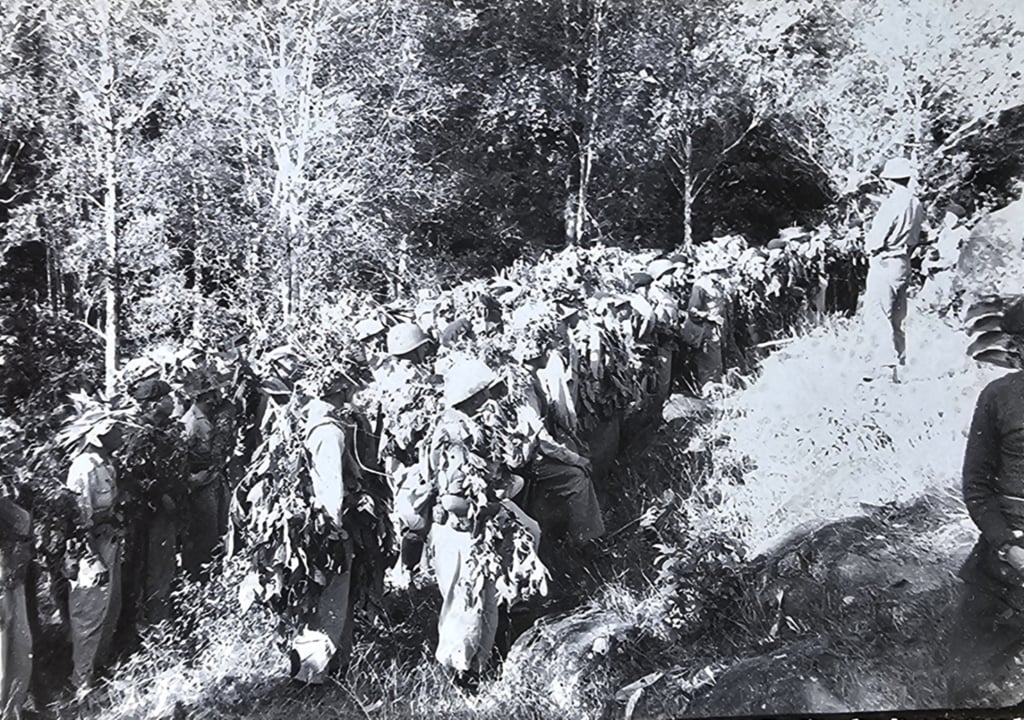
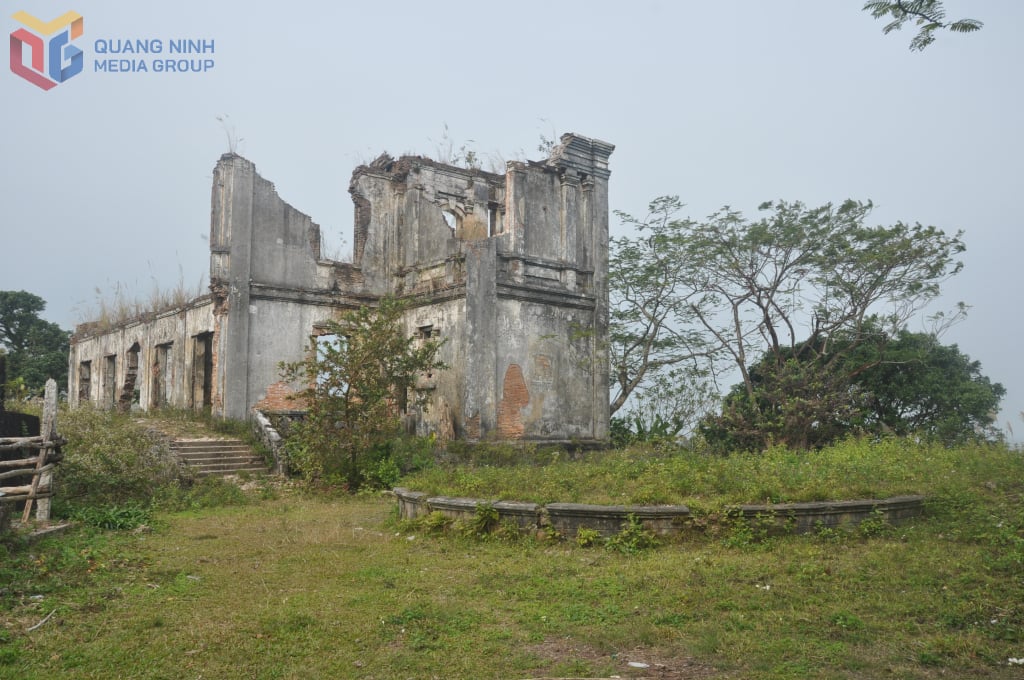
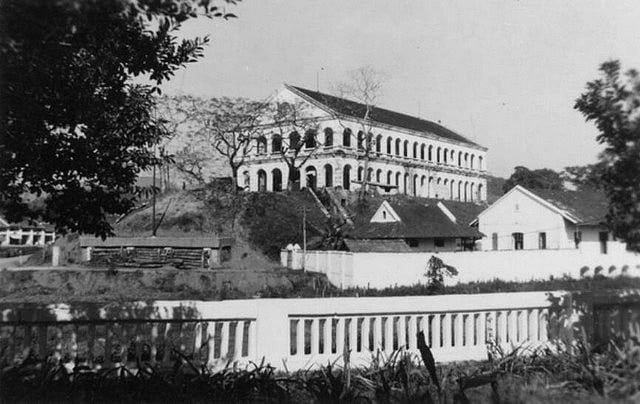
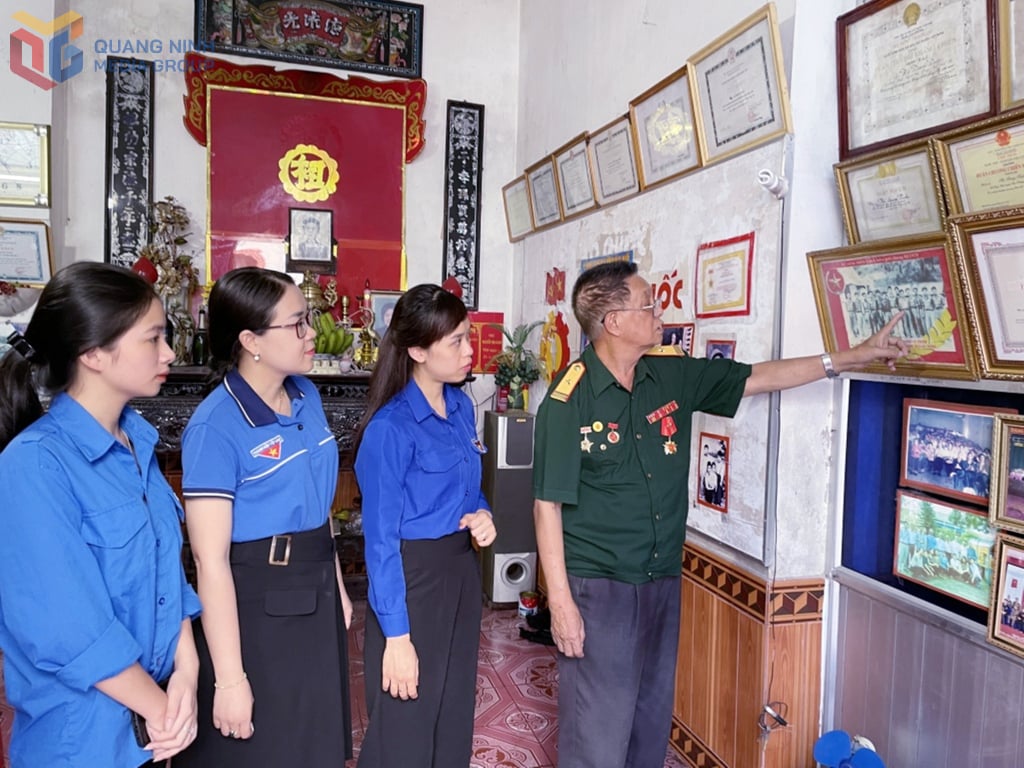
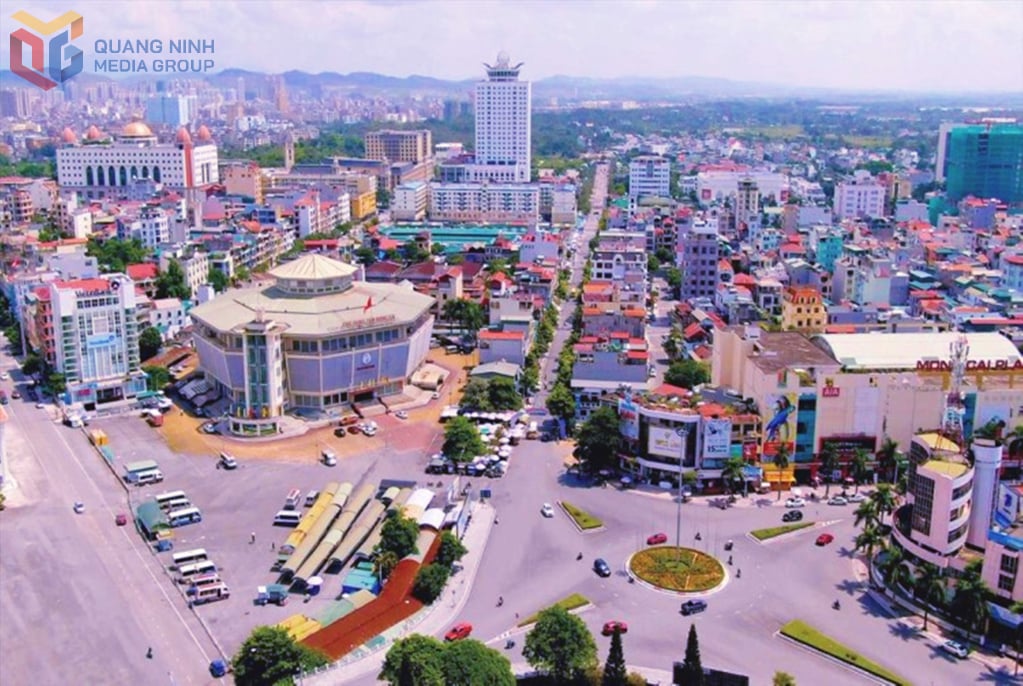



![[Photo] General Secretary To Lam chairs a working session with the Central Internal Affairs Commission](https://vphoto.vietnam.vn/thumb/1200x675/vietnam/resource/IMAGE/2025/5/22/3b7790f499da45b2803d8ae253207ef1)

![[Photo] Prime Minister Pham Minh Chinh chairs the Government's special meeting on law-making in May](https://vphoto.vietnam.vn/thumb/1200x675/vietnam/resource/IMAGE/2025/5/22/1c880aae96fd4e0894abc47a46fe19ba)



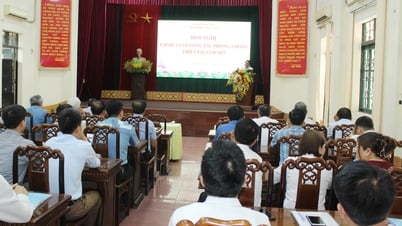

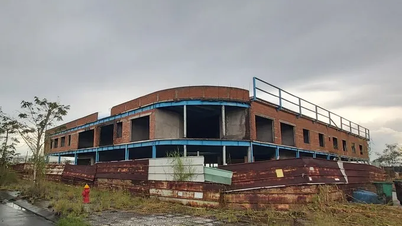

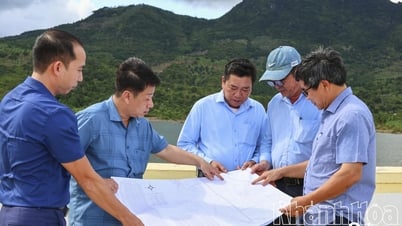


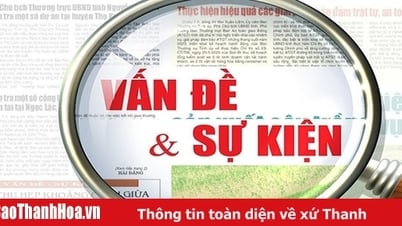






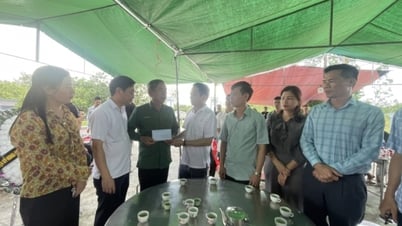

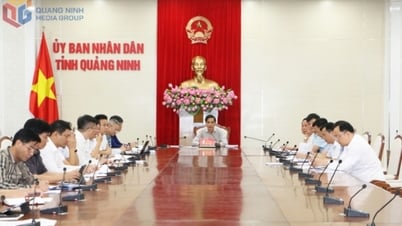

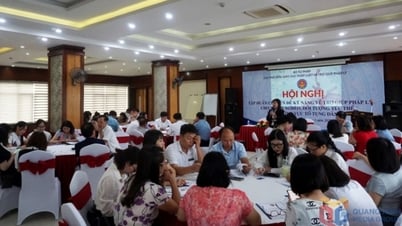





































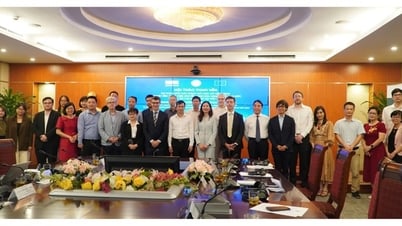



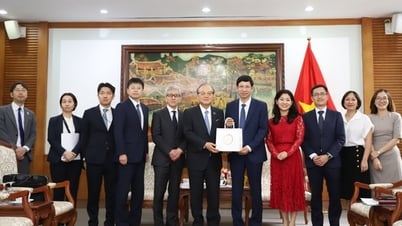
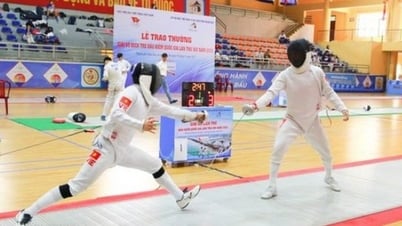




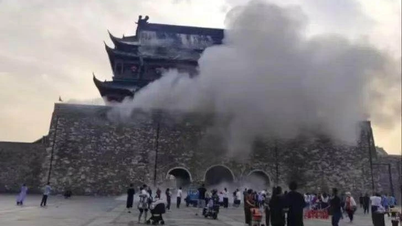






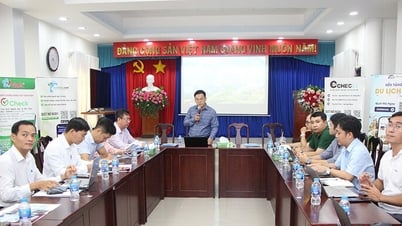



Comment (0)